
Birthplace of China's rapid impact compaction machine,Inventor: Cao Bin as chief engineer
ricmadeinchina@gmail.com
ricmadeinchina@gmail.com

Birthplace of China's rapid impact compaction machine,Inventor: Cao Bin as chief engineer
ricmadeinchina@gmail.com
This compaction energy brings the soil particles into a more densely packed structure. The compaction energy is transmitted safely and efficiently as the compaction foot remains in contact with the ground. No flying debris occurs during the compaction process. The hammering of the foot by the impact weight is the reason of the sub-soil compaction. Indeed, the huge amount of energy developed upon the hammering process and transmitted to the ground through the foot, pushes the backfilling material into a denser structure.
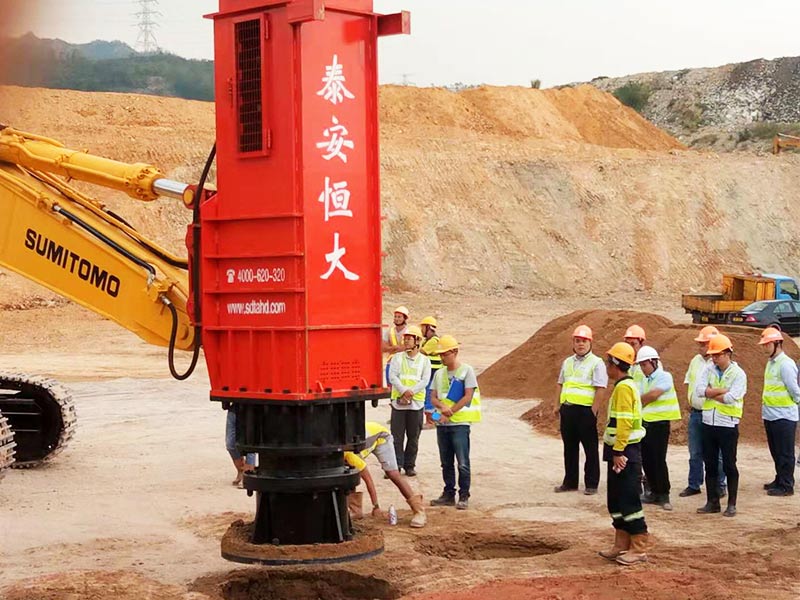
The compaction process can be optimized using an advanced GPS logging system. Using an advanced data logger located inside the cabin, the operator of the RIC rig can easily adjust the compaction energy in terms of the dropping height and the number of blows. He can also record the cumulative settlement, the settlement per blow and the applied energy.
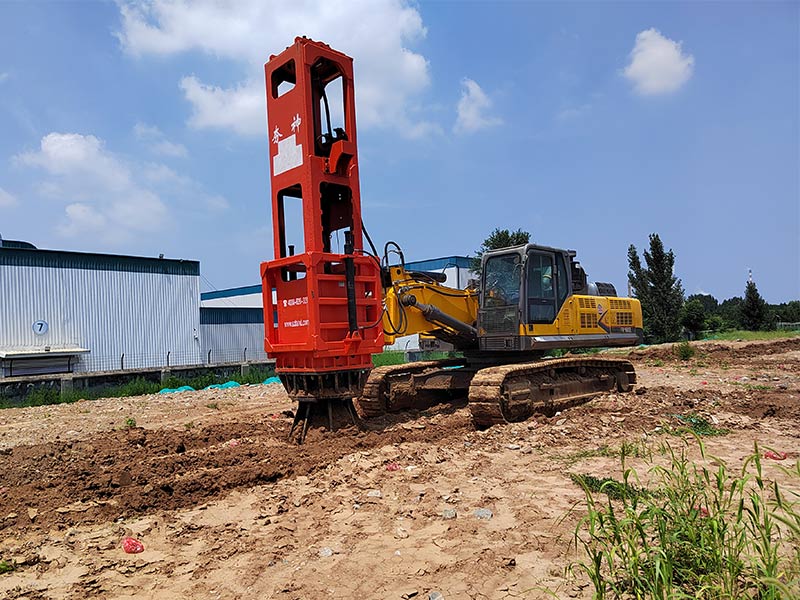
The rapid impact compactor as a means of quickly repairing damage runways. It works by imparting dynamic energy through a falling 'drop-weight, which is dropped from a controlled height onto a patented foot.
With heights of 9 to 12 tones applied to the foot , the 'drop-weights' falls from relatively short height of only 1.2 meters at a rate of 40 to 60 times a minute.
Effective compaction depths vary with the nature of hte soil compacted, but depth of up to 8m have been reached with a 9t rig.
This results in The Rapid Impact Compactor transferring energy to the ground in a significantly more effective manner as the 'foot' stays in contact with the surface, never actually leaving the ground. It is because of this impacting sequence that we can ensure that the transfer of energy into the ground is carried out in the most efficient way possible.
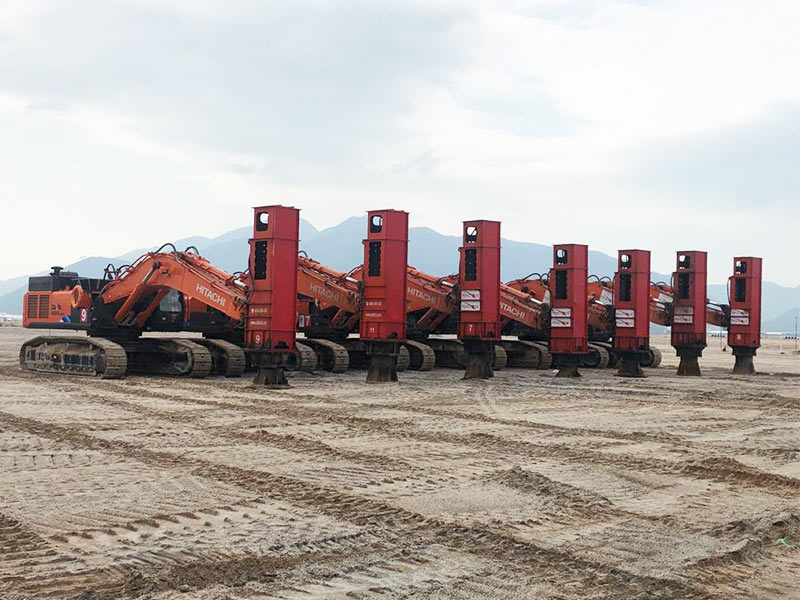
The selection of the compaction method (DC or RIC) and plant type for a particular project, will depend on ground and groundwater conditions, and requirements for design and execution. Each system has merits and limitations. It is important that these are understood and considered in the design and application of DC/RIC on a particular site and in the context of the prevailing ground conditions. Indeed, it may be necessary for more than one technique to be employed at a particular site to gain maximum benefit.
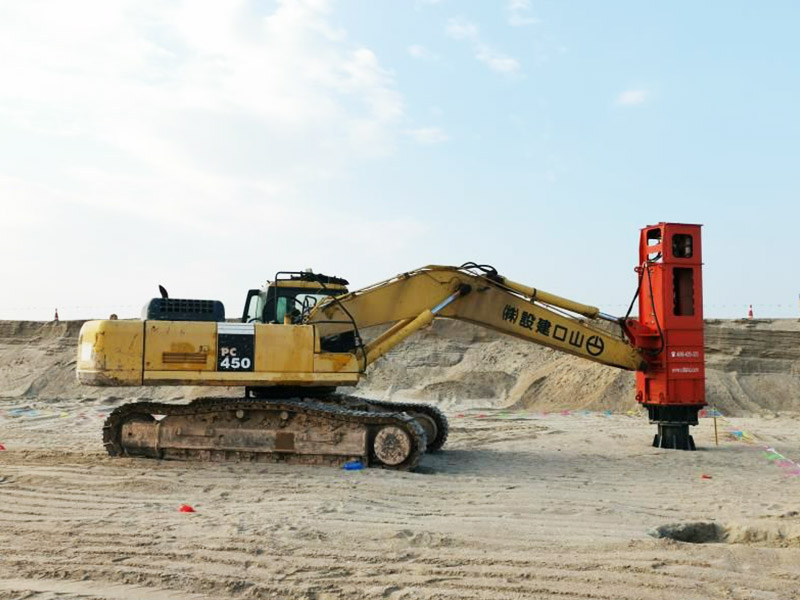
Typically, the RIC method is used for the treatment of essentially granular fills in order to improve their geotechnical properties (stiffness and bearing capacity) and to reduce settlement. RIC design firstly involves geotechnical characterisation of the soils to be treated, with emphasis placed on quantifying in-situ relative density and grading characteristics. Groundwater level is an important factor for consideration of suitability of the RIC method as shallow groundwater level can act as a hydraulic barrier reducing effective energy transfer to the fill materials. However, it is the “compaction trial” (discussed under testing and quality control), which provides the designer with the necessary information to permit refinement of the design. With ground improvement techniques involving surface impact such as RIC there cannot be direct control of treatment depth, as would be the case with vibro stone columns. A critical element of RIC design therefore is the depth to which a particular treatment is effective.
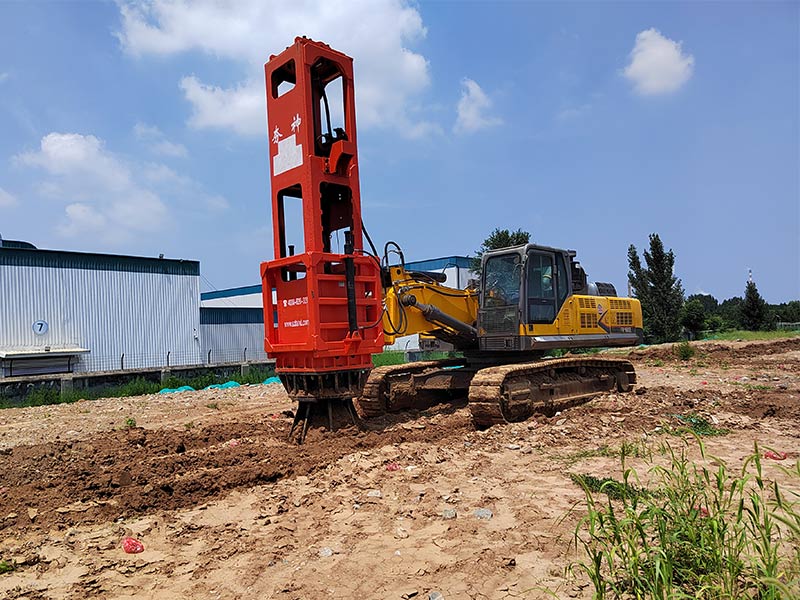
Preliminary trials are an important pre-requisite to any extensive RIC works. Furthermore, as the main RIC works are proceeding, ongoing monitoring and testing is necessary to ensure that the appropriate amount of energy is being applied to the soil profile and that performance requirements are being met. The compaction trial, in particular, is important for the evaluation of ground response. The optimal number of blows per pass is typically taken as the value beyond which continued blows produce negligible further penetration of the compaction foot.

Address: Tai'an, Shandong, China

Taian Hengda Machinery Co., Ltd
National government certification:鲁ICP备18050468号-9
